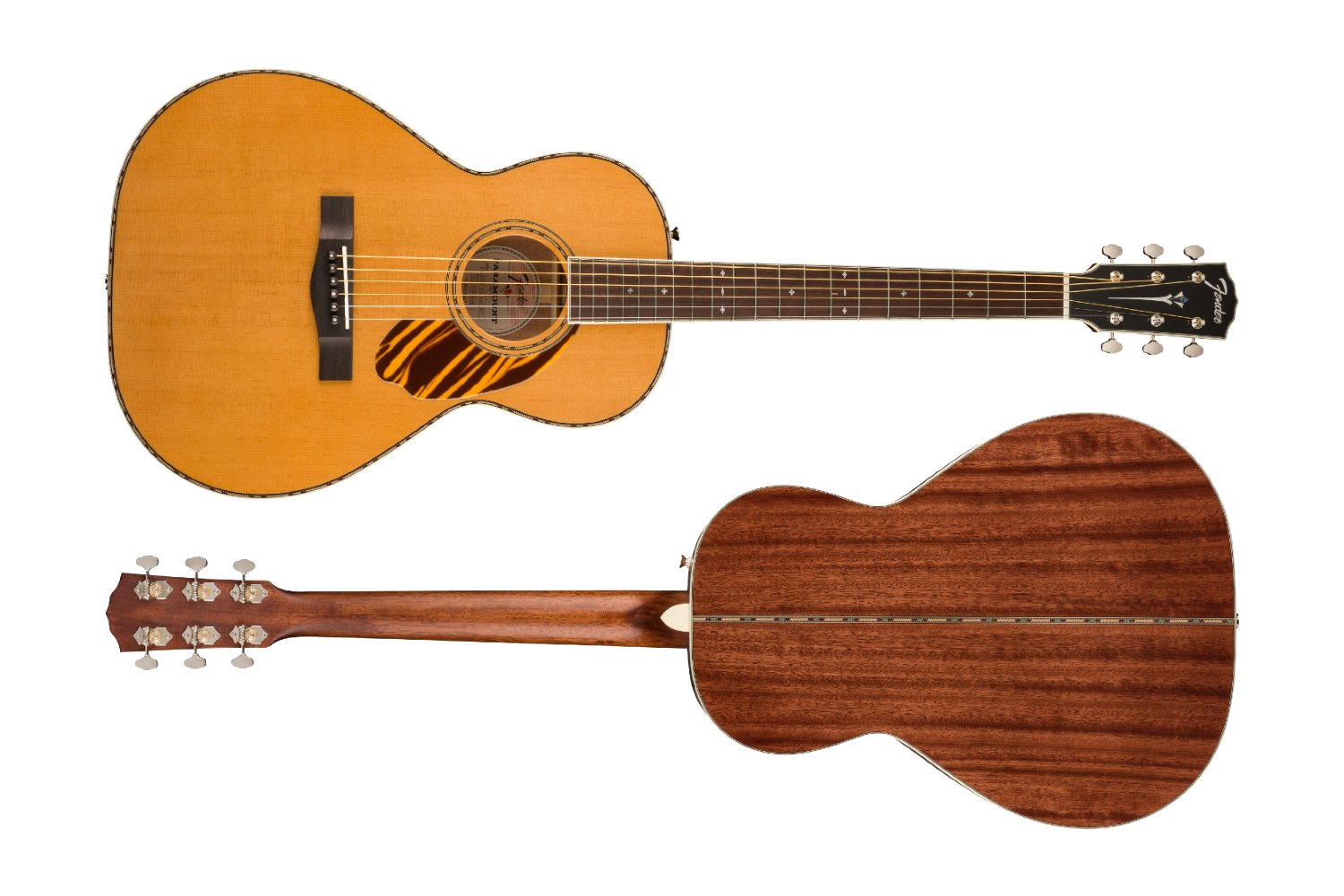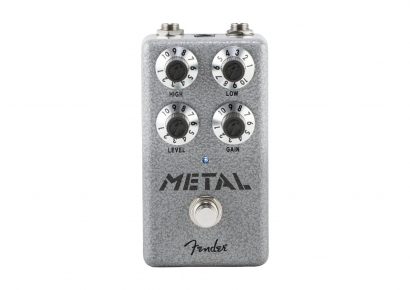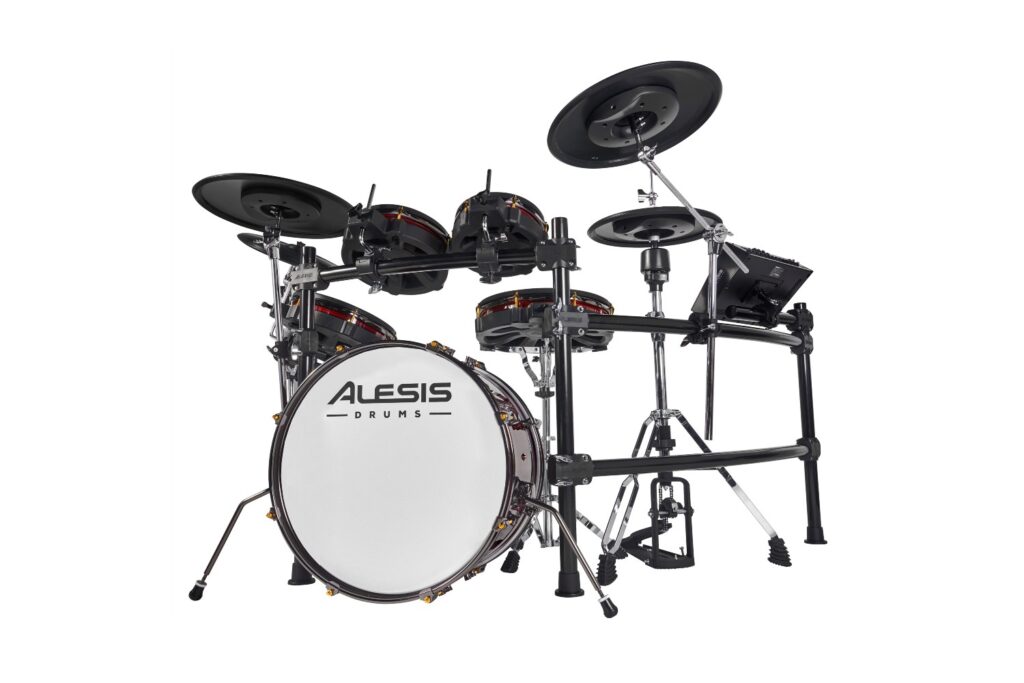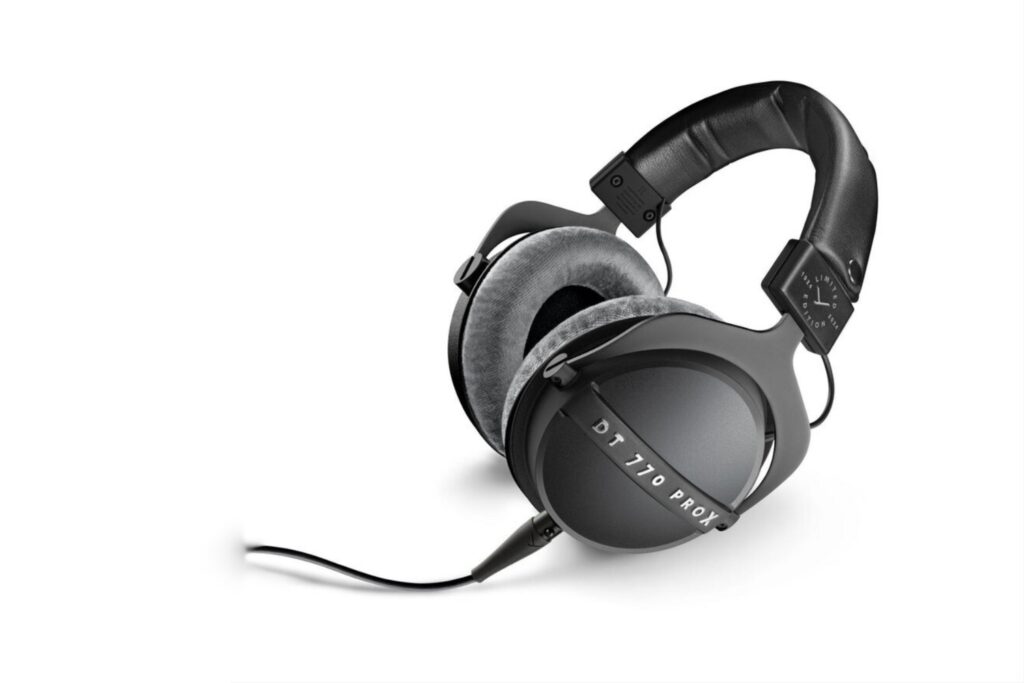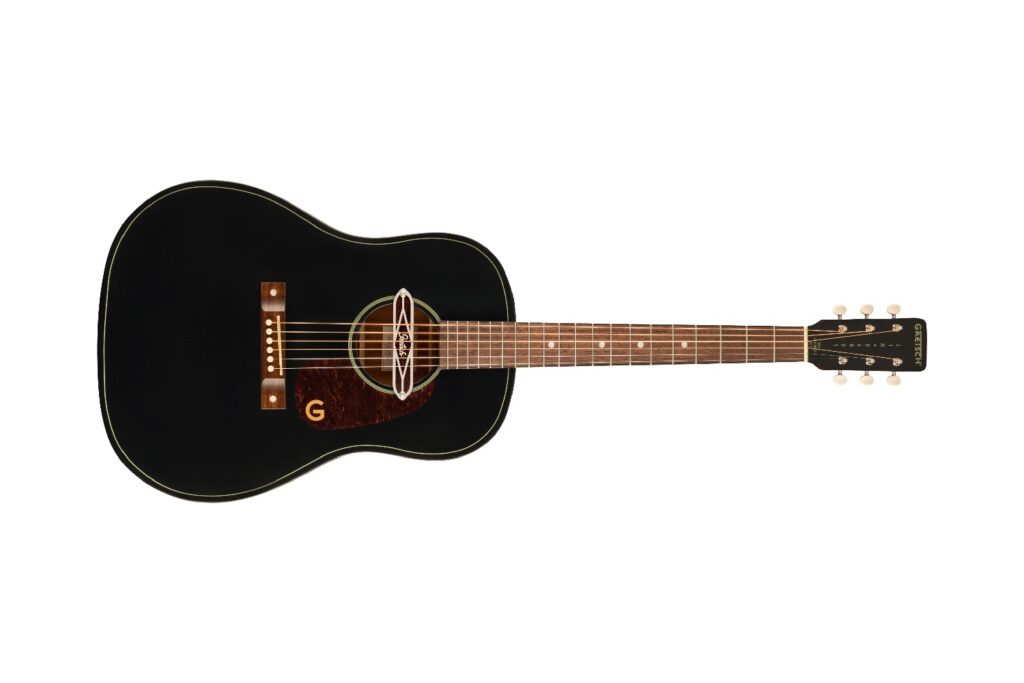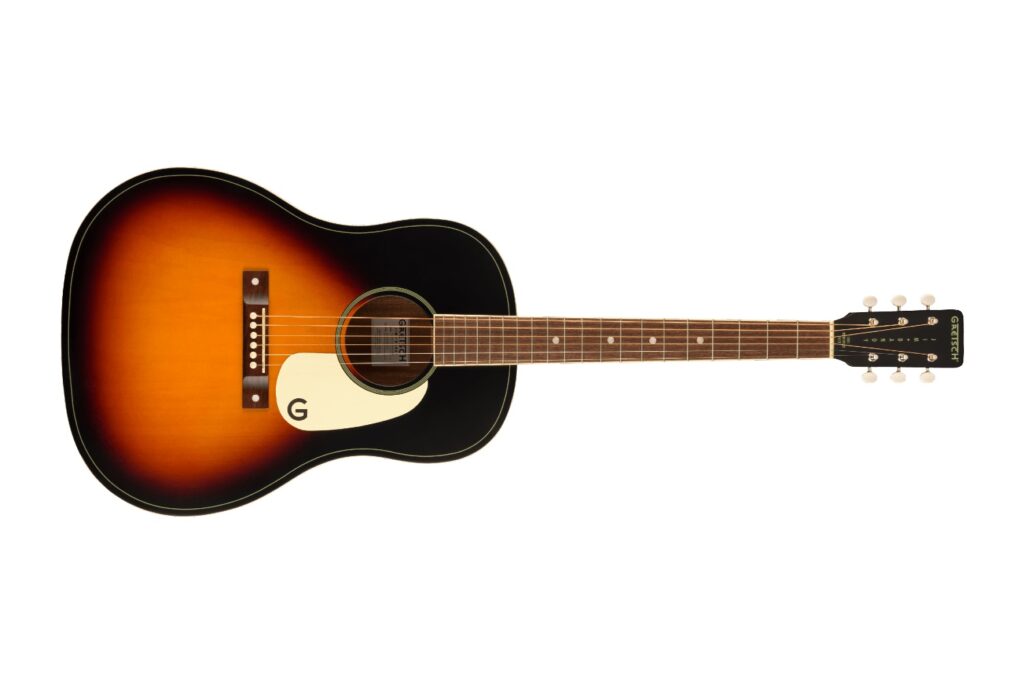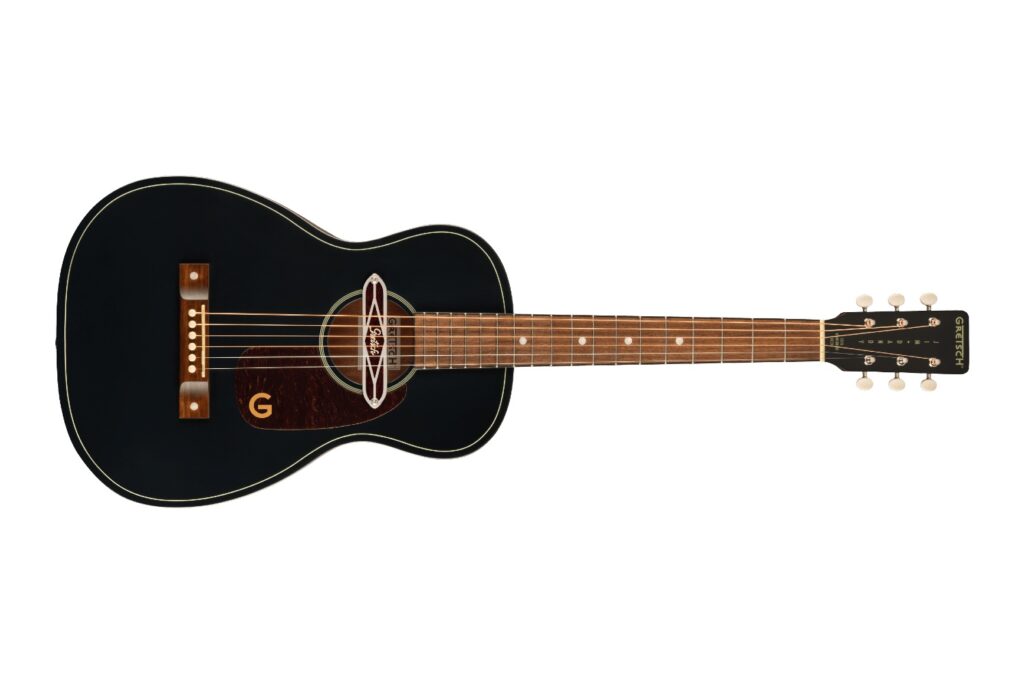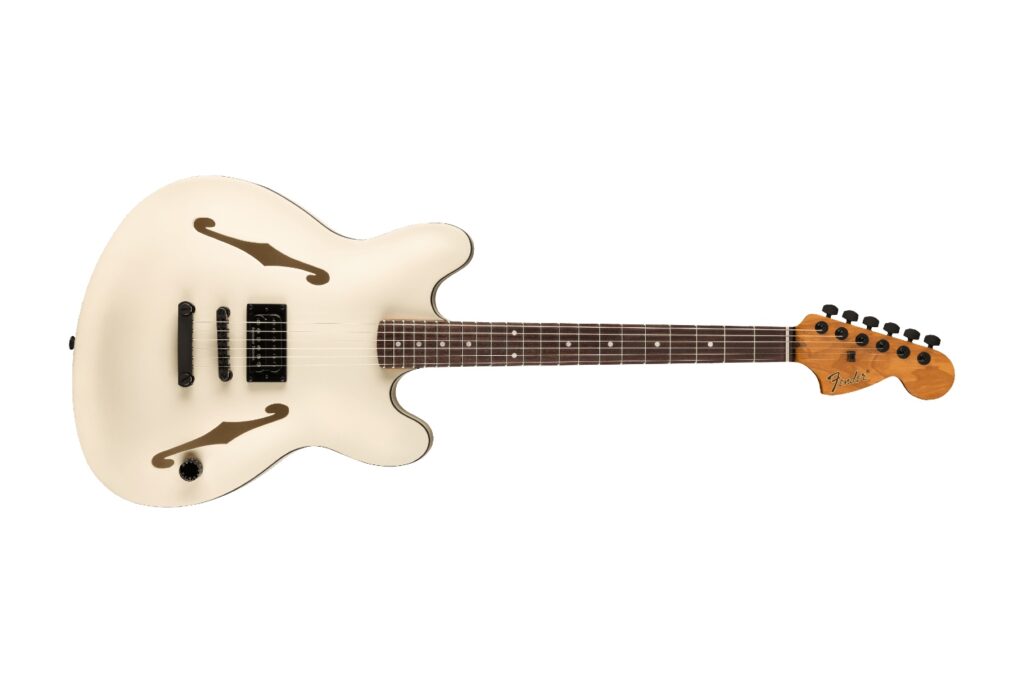Fender Australia | Price: $1,449
Picture this; you’ve just arrived at an odd and mysterious gig booking, tentatively accepted, for a private show just outside of town. As you tip-toe in your desert boots up the tastefully overgrown gravel path, through a garden bathed in a heady scent conspicuously partway between patchouli, jasmine, and baked goods, you are struck by an eerily welcoming, amber light spilling like molasses from the floor-to-ceiling windows and the kitschy, off-centre, geometric sidelights skirting the lava-lamp-like silhouette of the front door.
Just as you’re readying yourself to knock you hear the faint strains of Jaques Brel or Perry Como or ‘The Girl From Ipanema’ and naively racist Peter Sellers impersonations wafting above the clink and din of polite dinner conversation. You look down and breathe a sigh of relief as you remember that in your hand is a hefty black case within which the ideal guitar for such an occasion is ensconced. As though in a fit of premonition, you have at your side your tiny but trusty parlor guitar, a Fender Paramount PS-220E, whose slimmed-down stature is brimming with just the right type of effortless subtlety and unobtrusive cool that matches the chic, burnt orange, and bottle green interior that awaits.
Read more product reviews here.
At least that’s what I think of when I hear the word parlor. This intriguingly narrow body shape predates the era of fondue pots and shagpile carpeting by at least a few decades. Parlor guitars have not only maintained a steadily parallel history alongside their girthier counterparts, but have risen drastically in popularity in recent years, partly in party with their distant cousin, the travel guitar. While the latter is purely and simply a shrunken-down version of a standard dreadnought or grand auditorium, purpose-built for the back of a Combi van, models from which Fender’s PS-220E descend have a sound and feel, and indeed a cult following all their own. Obviously in sacrificing a certain amount of physical magnitude, you lose a touch of resonance and low end. However, the full scale length of a parlor guitar’s neck maintains the familiar tension yanking on the face of the instrument lending it a competitive amount of volume and a boxy, staccato, midrange push that affirms its place not only in traditional American music, ragtime, and Gypsy jazz, but equally finds considerable favour in modern singer-songwriter fare, alt-country, and beyond.
As evidenced in the dreadnought variation on the Paramount theme, Fender has gone to great lengths to improve on the previous iteration of this series. The revamped interior architecture and select timbers have brought the goliath electric manufacturer’s acoustic offering more in line with some of their younger competitors both tonally and aesthetically. This particular parlor comes decked out in tasteful, 1930s-style tailoring. The nato body is topped off nicely with a tigerstripe pickguard plucked from the front page of a bakelite age cookware catalog which in turn makes for a choice counterpoint to the snowflake inlays dotted across the ovangkol fretboard. Closer to an L0 in footprint, the pronounced lower bout not only gives it a historically-reverent outline but works well in resurrecting some of the aforementioned diminutive bass frequency. All in all, as soon as the lid is lifted, even the most puritanical parlor fanatic would be forgiven for gasping like a nun at a nudist colony.
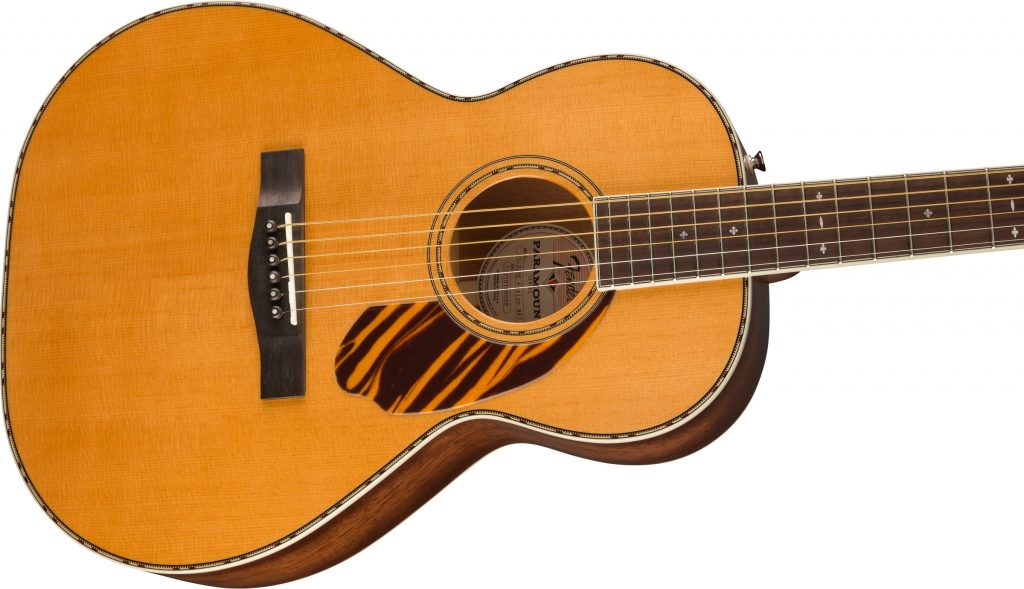
Sonically, Fender has hit the nail on the head. The familiar fingerprint of spruce atop mahogany is expertly presented, with both top and back pitching in equally to put its best foot forward from the very first strum. The darker of the two timbers fills out the sound amply, providing more than enough bedrock for the top wood to do its famous, shimmering magic trick. I found it to be an extraordinarily touch-sensitive sound to wander around in, almost akin to a Strat barely breathed upon before a way-too-loud tube amp desperately trying not to bolt like an unbroken horse.
Played fingerstyle, it was almost as if I had barely to adjust velocity whatsoever for the voicing to rise to my occasion, almost as if it were begging me to dig in a little and let it roar. This is not an animal yanking at its tether, however. In getting to the chorus, where the big cowboy chords come in and this little Paramount had confidence in spades and self-control enough to know when the time is right to howl. I’ve personally always had a soft spot, nay priority, towards smaller-bodied acoustic guitars for the simple fact that they sound more like your favourite recording of a guitar. All that useless, boofy mud is hacked away before the mic has a chance to be gummed up by it, leaving the mid and treble frequencies free to blossom like they’re begging to. Clear as a bell, strident and refined, it handled dearest tenderness as deftly as it did the more pompous passages in a way that would make some of the bigger galoots of guitar world trip on their feet.
It would be all too simple, if flatly reductive, to write off the humble, yet assured parlor guitar as a quieter, more compact version of what some would call a ‘normal-sized’ instrument. Especially in the example of the PS-220E, there is a lot to be said for the delicate nature of the voicing and the crystal clear colour palette that can be difficult to dig out of bigger beasts.
Hats must go off to Fender for not only improving on their previous design but also finding a little something new to say with a style of build that is much older than the company itself. The Baby Bear in the Paramount fairytale is a perfect companion in those introspective moments, either writing in your studio way after midnight or in some strange salon while the whole party goes giddily on around you.

Head to Fender for more information.
